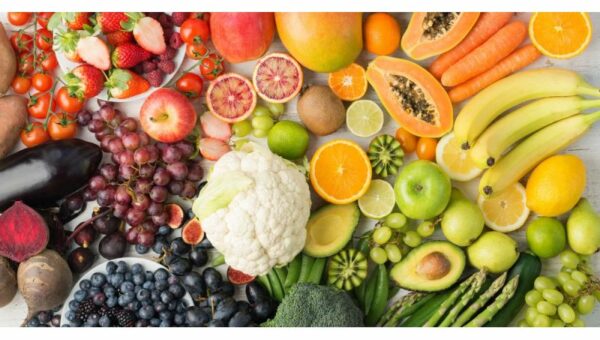A study found that persons with type 2 diabetes or prediabetes who are overweight or obese also have an increased risk of serious health problems. On the optimal nutrition plans and supportive interventions to recommend, experts can’t agree. The Annals of Family Medicine, a publication, published the findings. The study employed a 2 x 2 diet-by-support factorial design to randomly assign 94 persons with the aforementioned diseases to one of two diets: the Dietary Approaches to Stop Hypertension (DASH) diet or a very low-carbohydrate (VLC) or ketogenic diet.
Additionally, they ascertained the results of therapies that encompassed and omitted supplementary practices of support such as social support, effective emotion control, mindful eating, and cooking training.
By using intent-to-treat analyses, it was found that the VLC diet improved more than the DASH diet in terms of estimated mean systolic blood pressure (SBP; -9.8 mmHg vs. -5.2 mmHg, P =.046), glycosylated hemoglobin (HbA1c; -.4 percent vs. -.1 percent, P = 0.034), and weight (-19.14 lbs vs. -10.33 lbs, P = 0.0003).
The results were not statistically significantly affected by the provision of additional support. Over a four-month period, a VLC diet showed larger gains in systolic blood pressure, glycemic management, and weight for persons with hypertension, prediabetes, type 2 diabetes, and who are overweight or obese than a DASH diet.
In the US, over half of adult patients have either type 2 diabetes or prediabetes, and nearly half (47%) have hypertension. In the United States, about 42% of adults are also obese. Stroke, end-stage renal disease, myocardial infarction, and early mortality can all be brought on by these disorders. Although a diet and lifestyle modification should be the first line of treatment for these patients, doctors cannot agree on a recommended diet.
What This Study Adds: Compared to a DASH diet, a very low carb diet showed higher gains in systolic blood pressure, glycemic control, and weight over a four-month period for people who are overweight or obese, have hypertension, prediabetes, or type 2 diabetes.








